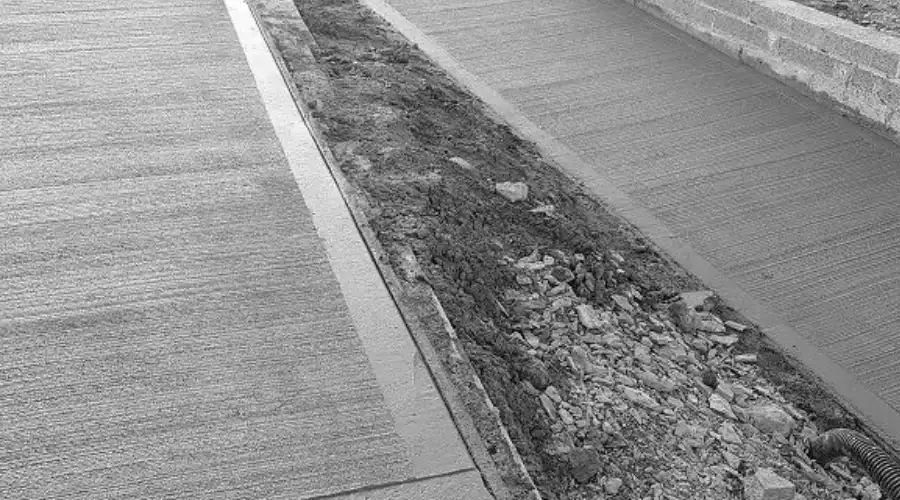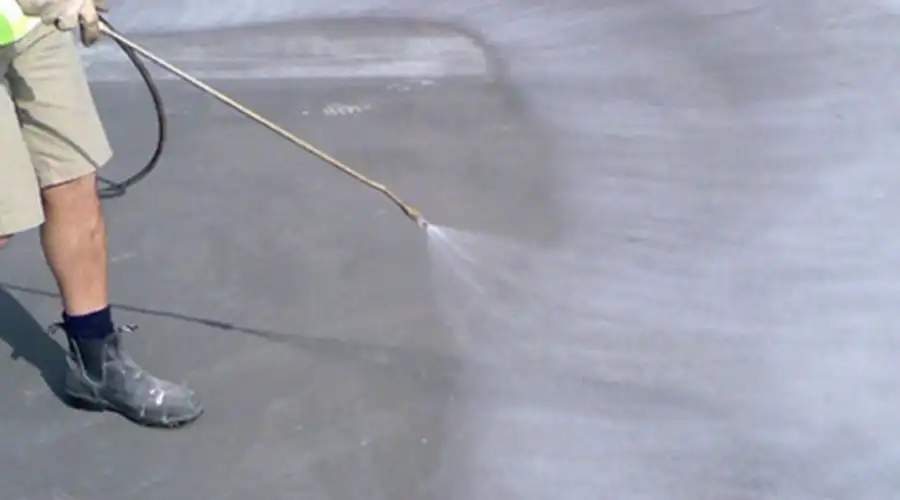Maintaining the structural integrity of any construction is essential to reduce maintenance costs and to keep the structure durable for a long period. As most homeowners are often concerned with the construction speed, the curing time often goes unnoticed. Although curing time is longer and time-consuming, it offers numerous benefits. This blog will explore curing time and everything you need to know about it.
Understanding Cement Curing
Cement curing refers to the process of maintaining optimal moisture conditions to help the freshly laid concrete structure to attain maximum strength, and durability over time. This prevents the structure from developing premature cracks, drying, and other structural defects. There are numerous stages in curing, and numerous factors determine the curing time.
Phases of Curing
Initial Setting
It is the first phase, where the concrete starts set immediately after being laid, reacting to the water. During this phase, the concrete will react with water and begin to lose its plasticity. The cement attains its initial setting within a few hours, typically between 0 to 6 hours. Keeping the surface moist is necessary during this phase, for proper hydration to prevent cracking.
Hardening
The hardening phase takes place within a day, where the concrete becomes solid and hard, but cannot be worked with due to a lack of strength. Keeping the surface moist is essential in this stage to ensure proper curing and continued hydration.
Early Strength Gain
The concrete surface attains an early strength of about 70% to 80% in the first few days, typically between 1 and 7 days. This phase is crucial in maintaining structural integrity, especially in load-bearing structures. Keeping the surface moist helps the structure attain strength slowly over time.
Final Curing
This is the final phase, where the concrete attains maximum strength and durability. The concrete takes up to 28 days to achieve its full strength under normal conditions. After achieving full strength, the concrete surface becomes completely workable and develops the ability to withstand heavy loads.
Factors Determining Cement Curing Time
Moisture
Moisture plays a major role in determining the curing time, as it hydrates the cement, and promotes efficient curing throughout the phase. Keeping the surface moist can help prevent premature cracking, drying and other structural problems. Curing can be done by sprinkling water, ponding, plastic sheeting or using curing compounds.
Temperature
Temperature determines the curing period significantly. Higher temperatures lead to rapid moisture loss and drying, resulting in the weakening of concrete. On the other hand, lower temperatures will slow down the curing process. Thus it is essential to maintain a controlled temperature, to balance curing. The nominal temperature for curing is between 10℃ and 32℃.
Mix Ratio
The water content present in the cement mix determines the curing time. A higher water content requires a long curing time to remove excess water. In contrast, lower water content hinders hydration, causing rapid drying and weakening of concrete. Thus, it is necessary to follow the standard mix design to effectively carry out the curing process.
Types of Cement
There are numerous types of cement used in the construction process, each with its characteristics and properties.
- Ordinary Portland Cement requires 28 days to completely cure.
- Rapid Hardening Cement helps the cement harden and attain maximum strength faster, thereby reducing the curing time.
- High Alumina Cement sets more quickly, however, it requires proper curing.
- White Cement has a fast initial setting time; however it requires 28 days to completely cure due to its finer particles and composition.
Admixtures
Using admixtures in the concrete mix could alter the physical and chemical properties that affect the curing process.
- Accelerators speed up the curing process and are most commonly used in cold weather conditions.
- Retarders slow down the curing process and are most commonly used in hot weather conditions.
- Water-reducing agents can be used to extract excessive amounts of water from the mix to maintain workability and strength, resulting in a longer curing period.
- Superplasticizers are used to improve the workability of the concrete and are used especially in concrete with low water content.
How Long Does Concrete Take To Completely Cure?

The initial setting time of the concrete takes place within a few minutes to hours ideally within 0 to 6 hours. But attaining adequate strength and hardness takes a longer duration.
Although concrete attains 70% to 80% of its strength after a week or two, it requires 24 to 28 days to attain full strength. Although it can develop strength over the years, the strength gained after 28 days is minimal.
Methods Used For Concrete Curing
Moist Curing
It is the process of keeping the surface moist consistently throughout the curing process and providing necessary hydration. This curing process can be done through,
- Ponding by keeping the surface flooded with a shallow layer of water.
- Sprinkling water continuously throughout the concrete surface effectively.
- Wet covers that absorb water and slowly release it to the concrete surface.
Membrane Curing

Membrane curing is the process of sealing the fresh concrete surface with a thin film or membrane to retain moisture and prevent evaporation. This helps in keeping the surface moist, ensuring proper hydration, especially in hot and humid conditions. This method needs proper care, as improper sealing may not be effective.
Tips For Speeding up Concrete Dry Time
- Pour the concrete in warm weather conditions, especially when the temperature is around 20℃ to 30℃.
- Avoid concrete pouring in harsh weather conditions.
- Mix the concrete with warm water, but not boiling or cold water.
- Add calcium chloride to the compound.
- Reduce the amount of water slightly or use the water-reducing compound.
- Use a heater or heating mats to raise the temperature and fasten the drying process.
- Cover the concrete surface with plastic sheets or membranes to hold the moisture.
- The dehumidification process can help reduce the dew point in the air around the concrete.
Conclusion
In summary, the curing of the cement process takes time to attain maximum strength and durability. Ideally, 28 days of curing is required to attain full strength, although it requires the first few hours to days to begin the setting time. There are different methods and stages of curing; however, keeping the concrete hydrated is the key. Having an effective curing method ensures strength and structural integrity.

